As the death toll from Hurricane Harvey in Texas rose to 47 today, on the other side of the world in India, Nepal and Bangladesh, the most devastating floods to hit South Asia in a decade have killed more than 1,400 people.
Two months of heightened rains have left hundreds hundreds of villages submerged and tens of thousands of people in relief camps short of food and vulnerable to disease, Reuters reports.
The emergency has focussed attention on a lack of preparedness for annual monsoon rains as authorities race to help millions of homeless, vulnerable people.
Officials said entire districts will take months to recover as they cope with ruined crops, damaged roads and public buildings such as schools, said Reuters.
Even India’s financial capital, Mumbai felt the effects when a 117-year-old, six-storey building collapsed amid heavy rains yesterday, with the death toll now standing at 33.
Poor monsoon planning has been exposed by the disaster, said head of a South Asian regional body launched this year to boost disaster coordination.
“The floods this year have exposed the urgency for (South Asian) nations to work together to deal with natural disasters,” P.K. Taneja, of the India-based SAARC Disaster Management Centre, told Reuters.
Flooding upstream in Nepal was followed by flooding in India and then downstream in Bangladesh, he said, but there was little coordination.
“We cannot work in silos to deal with floods… It is the worst of floods in decades,” he added.
According to Reuters, India’s federal auditor, in a damning report released in July, said that in most states there was no identification and no assessment of flood-prone areas to help prepare.
Tens of millions of dollars earmarked for flood management remained unspent, and, of 4,862 large dams, only 349 were functioning, the report said.
Reuters reports that in the Indian state of Bihar, where 514 people died and 850,000 were displaced, campaigners said the government had built too many embankments, roads and highways that trapped excess water and given little thought to drainage.
Image: Indian Air Force in flood rescue mission in Gujarat, India, July 2017 (Indian Air Force)
Comments
Comments are closed.





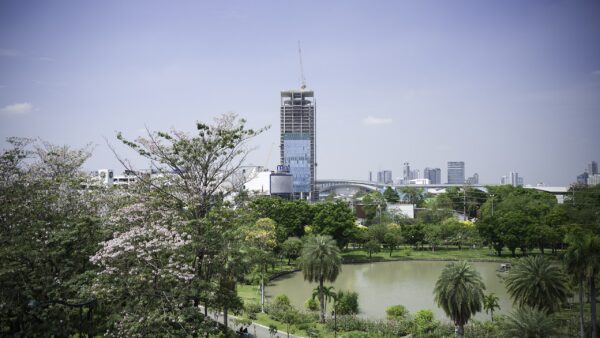

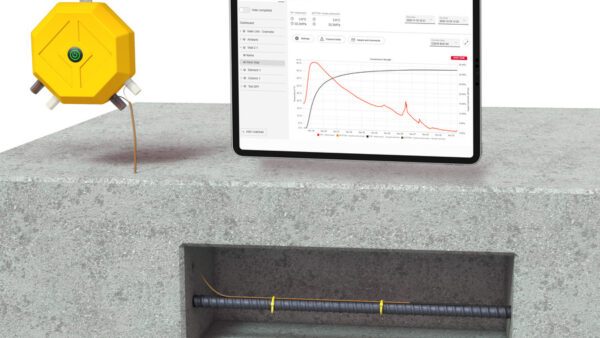
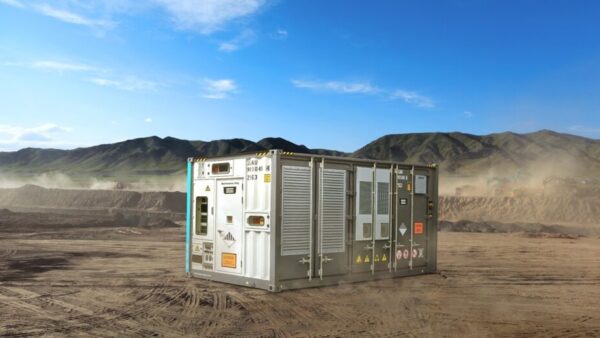
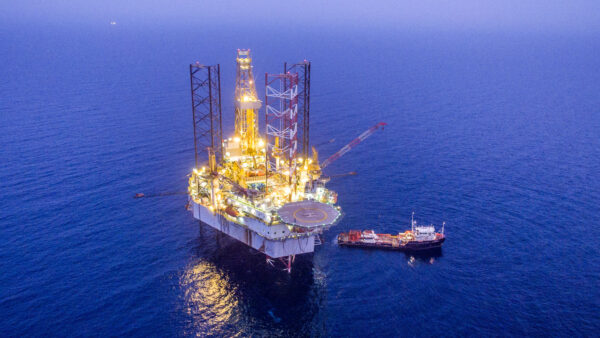
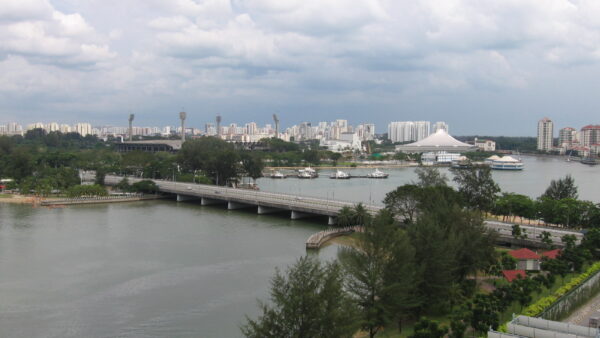
The price of freedom from the devastating destruction of such natural disasters is to constantly upgrade all structures of whatever nature but especially all storm water systems and flood and landslide avoidance measures! Such constant ongoing prevention measures will at very least minimize such huge loss of life and property! The ongoing Employment of all the Engineering and Building Industries in such upgrade work is thus essential worldwide!!